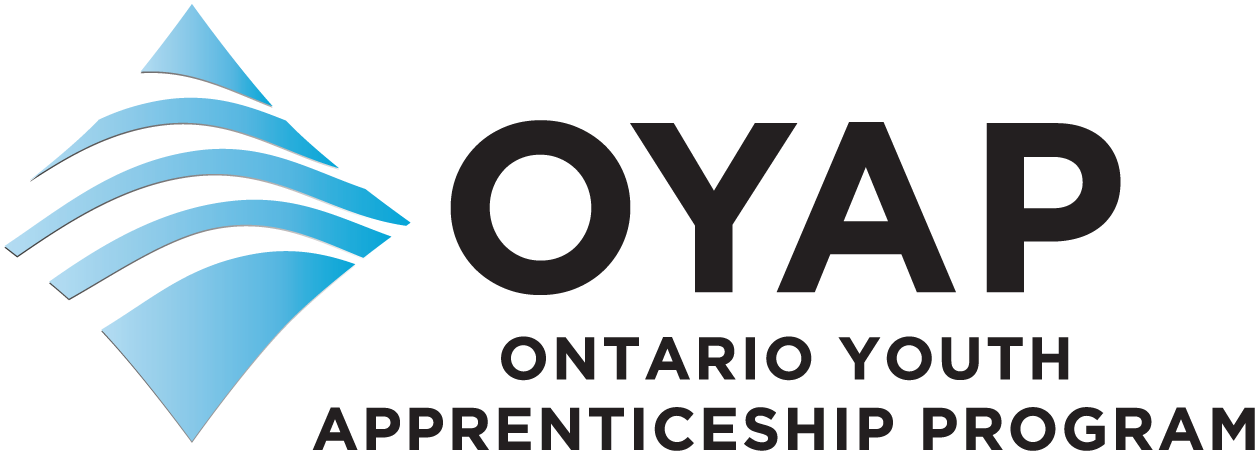Frequently asked questions about the skilled trades
FAQ
Frequently Asked Questions
Are there any costs for an employer to take on an OYAP apprentice?
OYAP apprentices are not typically paid by the employer. The Ministry of Education is responsible for covering WSIB benefits. If the student is later hired as an employee and receives a wage, the employer is responsible for providing WSIB coverage.
What do students need to be eligible to participate in OYAP?
- Must be at least 15 years of age.
- Must have successfully completed a minimum of 14 credits towards their OSSD.
- Must be enrolled full-time or part-time in a secondary school at a school board.
- Must be participating in a cooperative education placement in an apprenticeship trade.
Who is responsible for covering Workplace Safety and Insurance Board (WSIB) benefits?
The students participating in unpaid work placements will be covered for Workplace Safety and Insurance Board (WSBI) benefits by the Ministry of Education. The Work Education Agreement (WEA) form must be signed by all parties before the students begin their placement. The school board maintains liability insurance coverage for cooperative education students. Students are covered for third party, bodily injury, and property damage. The student and company are protected against damage arising from the student’s negligence; the student is protected for damage caused accidentally to the property of the employer while such property is in their care, custody, or control.
Will the cooperative education teacher monitor the student’s progress?
The employer can expect regular monitoring by the cooperative education teacher to assess the student’s progress throughout the work placement. Effective monitoring requires ongoing communication between the student, the cooperative education teacher, the special education teacher (where required), and the placement supervisor in order to build a mutually beneficial relationship.
How is attendance monitored?
Students are responsible for calling the placement supervisor and the cooperative education teacher if they will be late or absent from the workplace. The teacher maintains records and verifies the student logs.
Is the student guaranteed employment upon graduation?
No. The placement employer is under no obligation to employ the student beyond the work placement. The employer may hire the student if a position is available. The student can use the experience and references to find permanent employment upon graduation.
Can any employer take on an apprentice?
- Employers who have certified journeypersons in place (or equivalent) who are willing to provide students with supervision and training may qualify for participation in OYAP.
- Employers who foresee a need to hire future apprentices are invited to participate in OYAP.
What are “Red Seal” trades?
The Red Seal endorsement on a journeyperson’s Certificate of Qualification confirms that the person has achieved a nationally recognized level of competency in the trade. The Red Seal also means that the journeyperson is licensed to practice their trade in any province or territory of Canada. Many “Red Seal” certificates are also recognized internationally. For all updated information about the Red Seal Program, visit Red Seal or speak to your cooperative education teacher.
Are students paid for their apprenticeship training?
- Cooperative education students earn credits towards their OSSD. The school board does not require that students be paid for their cooperative education placements.
- If a student is hired beyond the cooperative education placement, then the employer is responsible for covering Workplace Safety & Insurance Board (WSIB) benefits.
If you have any further questions concerning OYAP, click below.
